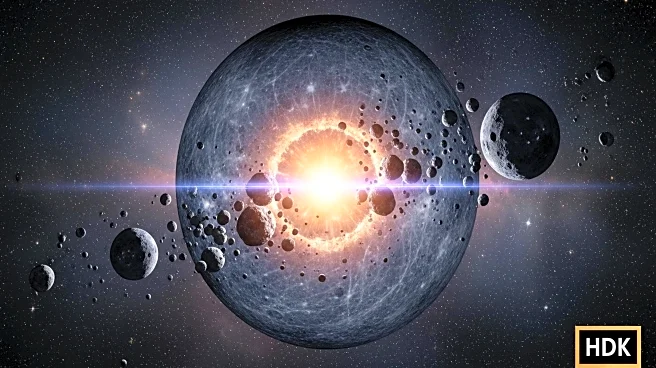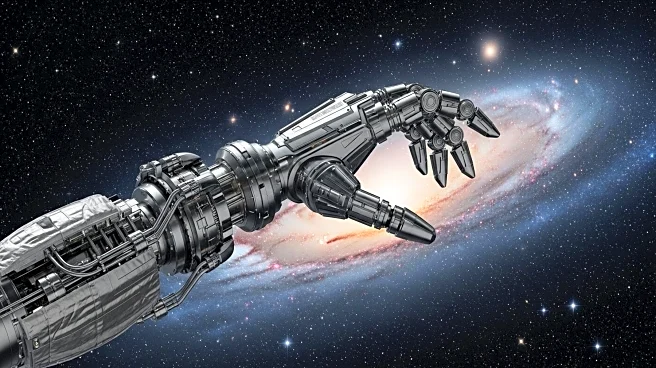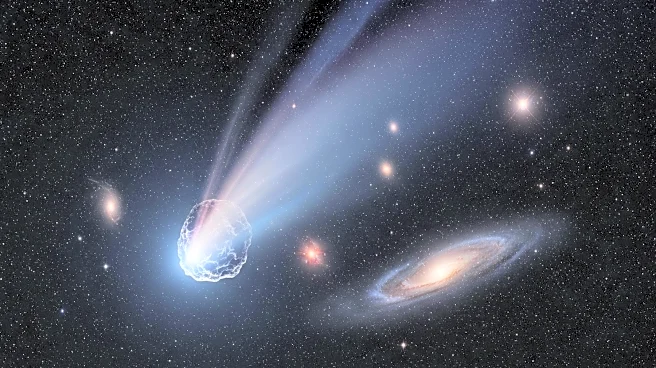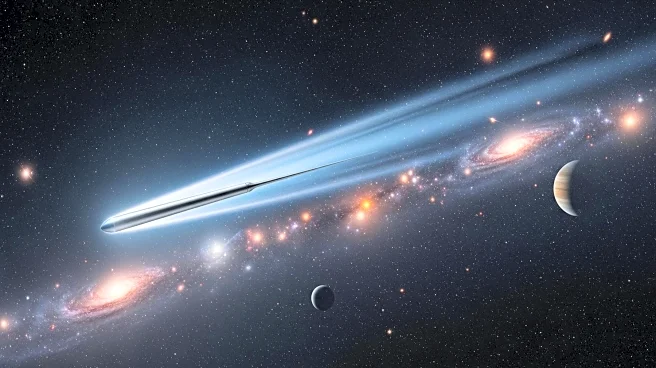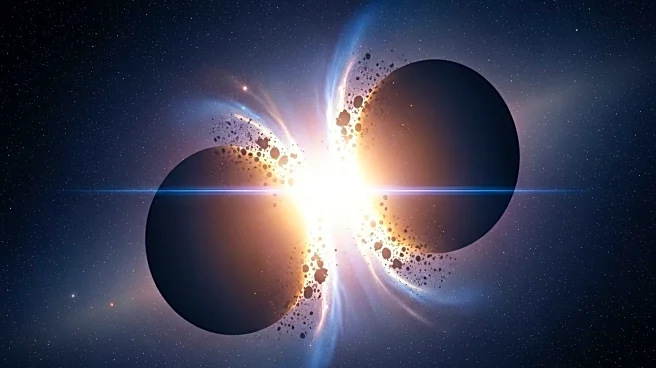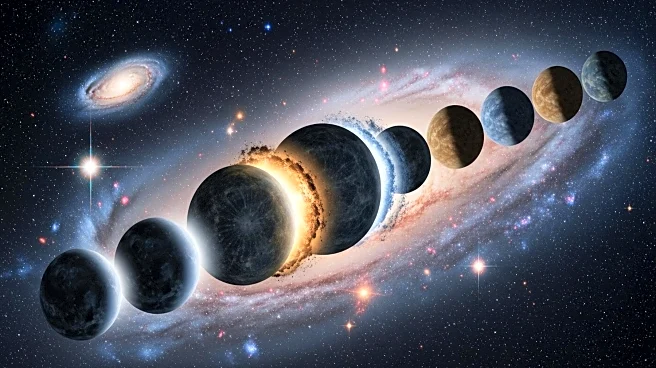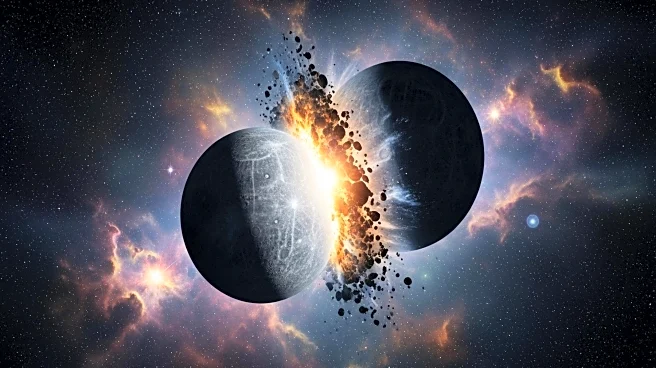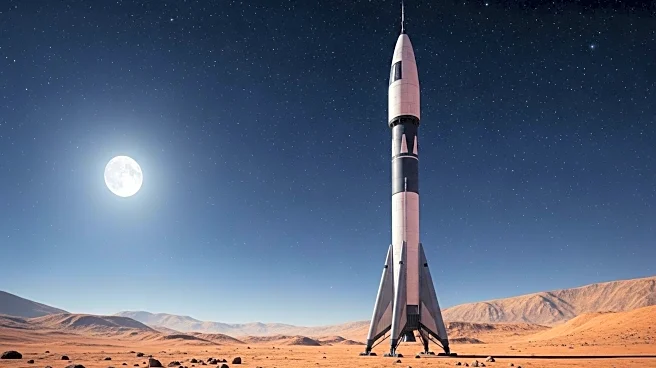What's Happening?
Recent research published in Nature Astronomy proposes a new hypothesis regarding Mercury's unusual core structure. Traditionally, it was believed that Mercury's massive core, which constitutes about 70% of its mass, resulted from a collision with a significantly larger object. However, new simulations suggest that a grazing collision with a similar-mass object could explain Mercury's core composition. The study, led by Patrick Franco from the Institut de Physique du Globe de Paris, utilized smoothed particle hydrodynamics simulations to demonstrate that such a collision could strip away up to 60% of Mercury's original mantle, resulting in its heightened metallicity. This scenario is considered more plausible than previous theories, as collisions between similar-mass objects were more common in the early Solar System.
Why It's Important?
Understanding Mercury's core formation is crucial for comprehending planetary formation processes in the Solar System. The new hypothesis challenges previous assumptions and suggests that Mercury's formation was not an exceptional event but rather a result of common early Solar System dynamics. This insight could reshape scientific perspectives on planetary formation and evolution, influencing future research and exploration missions. The findings may also impact the study of other celestial bodies, as similar processes could have occurred elsewhere, offering broader implications for planetary science.
What's Next?
The ESA/JAXA BepiColombo mission, set to reach Mercury in 2026, will provide further data to test this new hypothesis. Equipped with over 20 scientific instruments, the mission aims to measure Mercury's core and map its magnetic and gravity fields. These observations will enhance understanding of Mercury's internal structure and potentially confirm or refute the new impact hypothesis. Continued research and potential sample return missions could further elucidate Mercury's formation and its implications for planetary science.
Beyond the Headlines
The study's implications extend beyond Mercury, suggesting that similar mass-stripping collisions could have influenced the formation of other planets. This raises questions about the distribution of mass in the early Solar System and the role of such collisions in shaping planetary characteristics. Additionally, the hypothesis that debris from Mercury's collision could have contributed to Venus's mass offers intriguing possibilities for understanding interplanetary material exchange.

